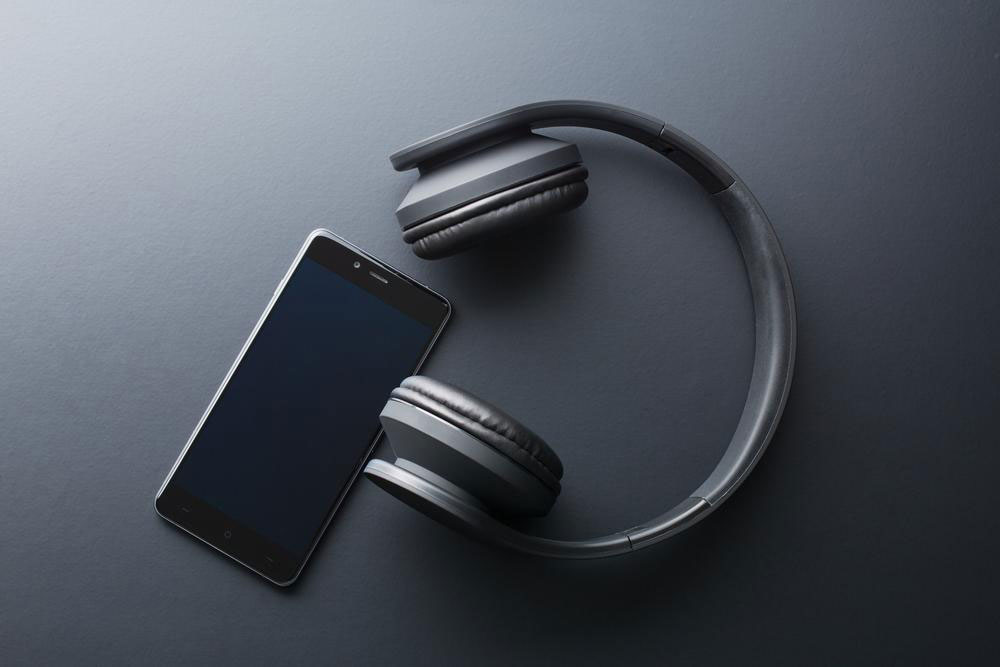Comprehensive Buyer’s Guide to Selecting the Ideal Headphones for Every Lifestyle
This comprehensive guide helps you understand various headphone types, technologies, and key features to make an informed purchase. From in-ear to over-ear, wired to wireless, find the best headphones suited to your lifestyle. Learn about comfort, sound quality, battery life, and additional features like noise cancellation to enhance your listening experience. Whether for commuting, working out, or relaxing, these tips ensure you choose the ideal headphones for your needs, combining style, performance, and convenience.

Comprehensive Buyer’s Guide to Selecting the Ideal Headphones for Every Lifestyle
In today's fast-paced world, headphones have transitioned from being mere audio devices to essential accessories that blend functionality with style. Whether you're commuting to work, working out at the gym, relaxing at home, or immersing yourself in your favorite music or podcasts, a good pair of headphones enhances your experience significantly. This in-depth guide aims to help you understand the various aspects of headphones, from types and technologies to features, so you can make an informed purchasing decision that perfectly fits your needs.
Understanding Different Types of Headphones
Choosing the right headphones starts with understanding the different styles available on the market. Each type offers unique advantages tailored to particular activities, environments, and personal preferences.
In-Ear Headphones: Compact and Noise-Isolating
In-ear headphones, also known as earbuds or in-ear monitors, are designed to sit snugly within the ear canal. Due to their small size, they are highly portable and are perfect for on-the-go use. These headphones provide excellent noise isolation by sealing the ear canal, which enhances bass and overall sound quality. They are a popular choice for commuters, runners, and anyone who prefers a discreet, lightweight option.
In-ear models come in various designs, including wired and wireless options, and some are sweat-resistant or waterproof, making them suitable for strenuous activities. High-end in-ear headphones often feature advanced drivers for immersive sound and may include integrated microphones and controls for phone calls and music management.
Over-Ear Headphones: Comfort and Superior Sound
Over-ear headphones are characterized by cushioned ear cups that completely enclose the ears. This design provides an immersive audio experience and excellent passive noise reduction, especially when the ear cups are padded with soft materials like memory foam. They are favored among audiophiles, gamers, and professionals who need high-fidelity sound or long-lasting comfort during extended listening sessions.
Over-ear models typically deliver richer bass and a broader soundstage, creating a concert-like experience. They are often equipped with features such as adjustable headbands, foldable designs for portability, and noise-canceling technology, making them versatile for travel, work, or leisure.
On-Ear Headphones: Balanced Comfort and Portability
Positioned between in-ear and over-ear styles, on-ear headphones rest directly on the ears with smaller ear cups that do not fully enclose the ears. They offer a compromise between comfort and portability, making them suitable for users who want decent sound quality without the bulk of over-ear models.
While on-ear headphones may lack some passive noise isolation compared to over-ear types, they are lightweight and easier to store or carry around. However, they may cause discomfort during prolonged use and generally do not feature active noise cancellation.
Wired vs. Wireless Headphones: Connectivity and Convenience
One of the key considerations when choosing headphones is the connectivity method. Each has its own set of advantages and disadvantages.
Wired Headphones
Wired headphones operate without batteries and connect directly to your device via a cable, usually using a 3.5mm jack, USB-C, or proprietary connectors. They are known for delivering reliable, high-quality audio without latency issues or interruptions caused by connectivity problems. Wired models are often preferred by audiophiles and professionals for their consistent sound quality.
Some wired headphones feature reflective or tangle-free cables for added convenience and safety during nighttime use or outdoor activities. Their primary drawback is cable management; however, advancements like detachable cables and tangle-resistant materials have mitigated some of these issues.
Wireless Headphones
Powered by Bluetooth or other wireless technologies, wireless headphones provide freedom of movement without the hassle of cords. They are ideal for outdoor activities, workouts, and multitasking scenarios. Modern wireless headphones feature impressive battery life, some offering up to 20-30 hours of playback on a single charge, making them suitable for travel and extended use.
Many wireless models incorporate advanced features such as rapid charging, touch controls, and voice assistant integration for added convenience. The quality of wireless audio has improved significantly over recent years, ensuring a seamless listening experience.
True Wireless Headphones: True Freedom
These are completely wireless earbuds that sit snugly in the ear and do not have any connecting wires. They are perfect for users seeking maximum convenience and portability, often coming with compact charging cases that provide additional battery life. Leading brands include Apple AirPods, Samsung Galaxy Buds, and Sony WF series.
True wireless headphones are excellent for active users, gym-goers, and commuters. However, they may be slightly more expensive than traditional wireless options and sometimes pose concerns about stability and fit.
Neckband Headphones: Comfort for Active Users
Neckband headphones are designed to rest around the neck, offering a comfortable and secure fit during physical activities. They often feature lightweight construction and are suitable for users who dislike wearing earbuds or over-ear models. These headphones usually include in-line controls and microphones, making them practical for calls and music control.
With their convenient design and stable fit, neckband headphones are popular among fitness enthusiasts, travelers, and busy professionals who need quick access to controls without the hassle of wearing bulky headsets.
Factors to Consider When Choosing Headphones
Beyond the type and connectivity, several other features influence the suitability of headphones for your specific needs:
Sound Quality: Look for headphones with balanced frequency response, clear mids, deep bass, and detailed highs.
Battery Life: Essential for wireless models, especially if you travel frequently or use headphones extensively throughout the day.
Comfort and Fit: Consider the design and materials, especially if you plan to wear them for long periods.
Durability and Build Quality: Especially important for outdoor, sports, or travel use.
Additional Features: Active noise cancellation, microphone quality, touch controls, waterproofing, and portability options.
When making your purchase, balance your priorities such as sound quality, style, comfort, and budget. Whether you prefer wired simplicity, wireless freedom, or the portability of true wireless earbuds, understanding these aspects will ensure you select headphones that enhance your listening experience and fit seamlessly into your lifestyle.
Next time you shop for headphones, refer to this comprehensive guide to ensure you make a choice that combines quality, comfort, and value. Your perfect listening companion awaits!





